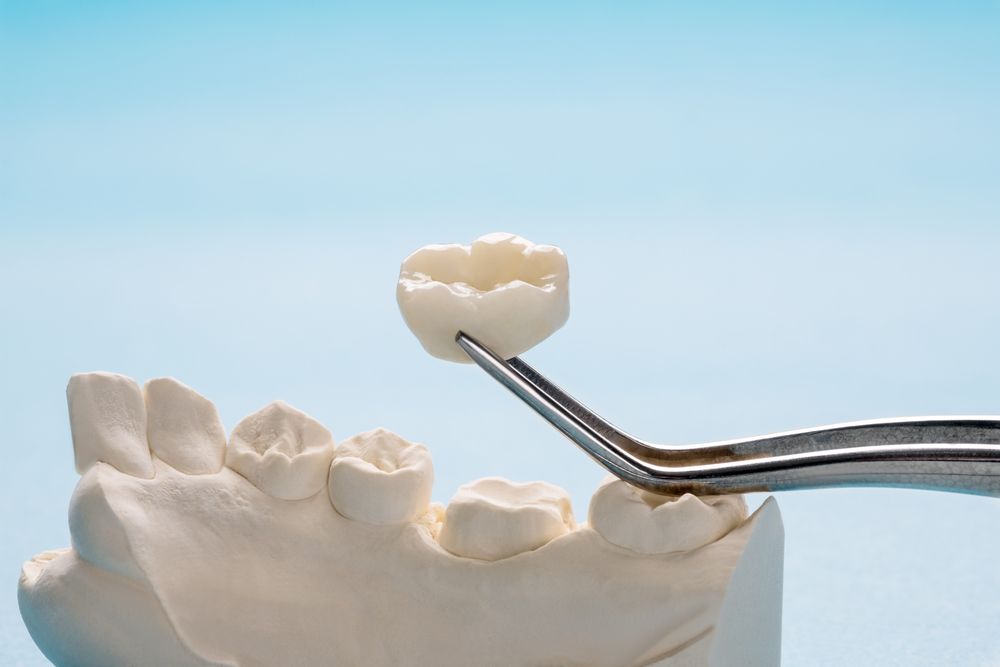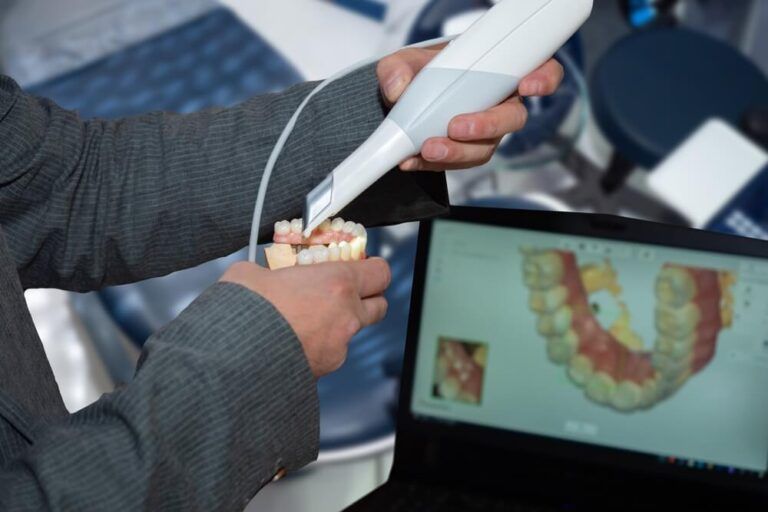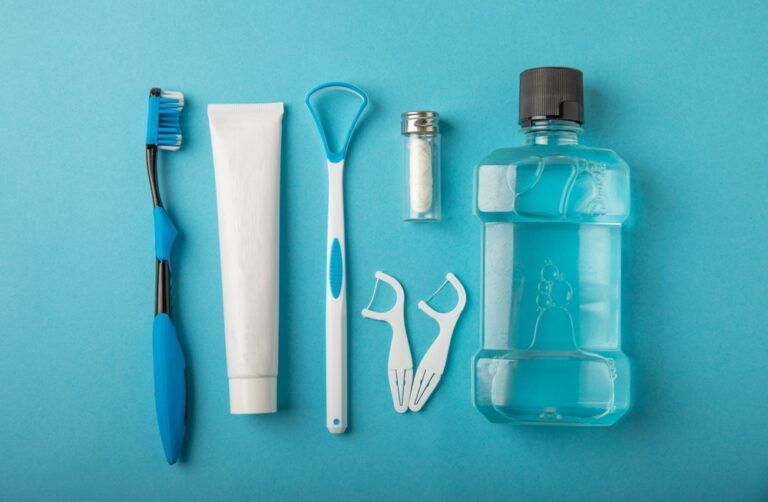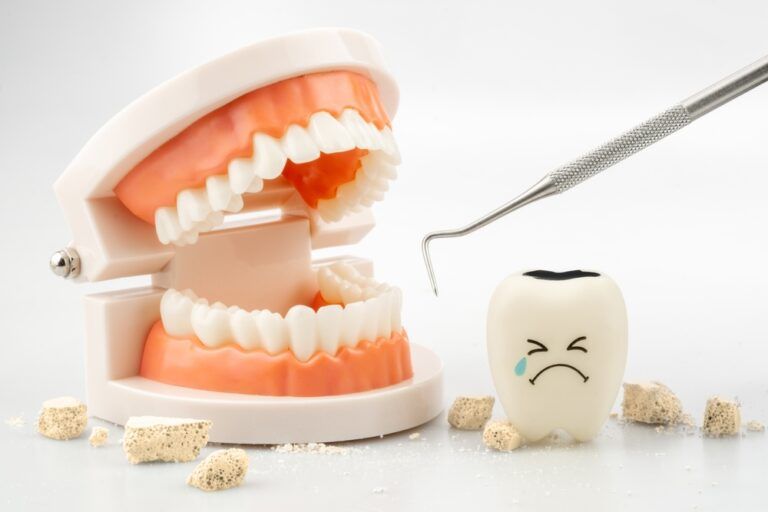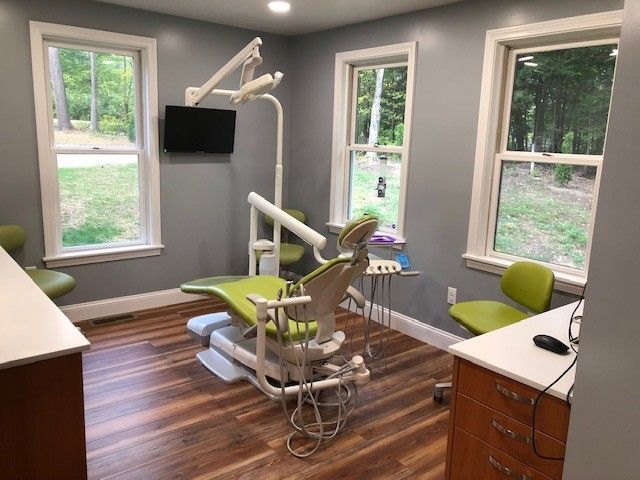At Weare Family Dentistry in Weare, NH, many patients want to understand what’s involved in receiving a dental crown. Whether it’s due to a fractured tooth, a large cavity, or after root canal therapy, crowns serve an important role in restoring tooth function and preserving oral health. While crowns are common, the process of getting one involves several carefully coordinated steps to ensure comfort, accuracy, and long-lasting results.
A dental crown is a custom-made cap that covers the entire visible portion of a tooth. Its purpose is to reinforce structure, restore aesthetics, and protect weakened or compromised teeth. Because it becomes a permanent part of the patient’s bite, precision is critical. Understanding the full process can help ease anxiety and clarify what kind of time and care is required.
Initial Evaluation and Treatment Planning
The first step in the crown process is a comprehensive dental examination. This includes visual inspection, digital X-rays, and sometimes diagnostic molds or scans to assess the extent of damage. A crown is typically recommended when a tooth has lost too much structure to support a filling but is still viable enough to avoid extraction.
During this consultation, the dentist will determine if a crown is the best restorative option. Alternative treatments, such as inlays, onlays, or even extraction with implant placement, may also be discussed depending on the condition of the tooth and surrounding tissues. It’s also an opportunity to select the material for the crown—choices include porcelain, metal, zirconia, or porcelain fused to metal—based on strength, appearance, and location in the mouth.
Tooth Preparation: Shaping for a Secure Fit
Once it’s decided that a crown is necessary, the next phase is tooth preparation. Under local anesthesia, the dentist carefully reduces the size of the tooth by removing decayed or weakened portions and shaping it to receive the crown. This step ensures there’s enough room for the crown to sit securely without affecting the patient’s bite or neighboring teeth.
Tooth preparation must balance conservation of healthy tooth structure with ensuring enough clearance for the crown’s thickness. This process may take 30 to 60 minutes, depending on the complexity. If the tooth is severely damaged or treated with a root canal, a build-up material may be placed to reinforce it. This ensures a stable foundation before taking impressions for the final crown.
Creating the Temporary Crown
After the tooth is shaped, a temporary crown is placed over it to protect the area until the final restoration is ready. This temporary crown is typically made from acrylic or composite resin and is secured using temporary cement. While not as strong or precisely fitted as the final crown, it helps maintain function, appearance, and sensitivity control.
During the time you have a temporary crown, you’ll be advised to avoid sticky, hard, or chewy foods that could dislodge it. Brushing gently around the area and avoiding flossing between the temporary crown and adjacent teeth can prevent dislodgement. Most patients wear a temporary crown for one to two weeks while the permanent one is being fabricated in a dental lab.
Fabrication of the Final Crown
The crown’s design is either based on a traditional impression using dental putty or created digitally with a 3D scanner. These impressions are sent to a dental laboratory where technicians build the crown to match the contours, color, and size of your natural teeth. The goal is to create a restoration that blends in seamlessly and supports a balanced bite.
Material choice plays a significant role in how the crown is fabricated. For front teeth, all-ceramic or porcelain crowns are often chosen for their aesthetic benefits, while molars may benefit from stronger materials like zirconia or metal. The lab process can take about 1 to 2 weeks, depending on the complexity and material used.
Final Placement and Adjustment
Once the permanent crown is ready, a second appointment is scheduled. During this visit, the dentist removes the temporary crown and thoroughly cleans the prepared tooth. The new crown is tried in, and its fit, color, and bite alignment are carefully evaluated. Small adjustments may be made to ensure comfort and function.
When the dentist is satisfied with the fit, the crown is permanently bonded using dental cement. The excess cement is removed, and the patient is guided to bite down gently to finalize placement. Once bonded, the crown becomes a permanent part of your mouth and can be treated much like a natural tooth—with proper brushing, flossing, and regular checkups.
Caring for Your New Crown
While dental crowns are designed to be durable, their longevity depends on how well they are maintained. Most crowns last between 10 to 15 years, though some can last even longer with excellent oral hygiene and routine dental visits. Avoiding habits like grinding, nail-biting, or chewing ice can also extend the life of your crown.
Patients should continue brushing twice a day with fluoride toothpaste and flossing daily, paying special attention to the gumline around the crown. Though the crown itself won’t decay, the underlying tooth and surrounding tissues are still vulnerable to disease. Regular dental exams will allow your dentist to monitor the crown’s condition and address any issues early.
Quick Recap of the Dental Crown Process
To summarize, here is a breakdown of the key stages:
- Consultation and diagnosis – Assessing if a crown is needed.
- Tooth preparation – Shaping the tooth and removing decay or damage.
- Temporary crown placement – Protecting the tooth while the final crown is made.
- Lab fabrication – Creating the final crown based on impressions or scans.
- Final fitting and cementation – Ensuring proper alignment and function.
- Ongoing care – Maintaining the crown with good oral hygiene and regular checkups.
Each step is important in achieving a comfortable, functional, and long-lasting result.
An Informed Approach to Dental Restorations
For patients in Weare, NH, seeking long-term dental solutions, understanding the full process of receiving a dental crown can empower more confident decision-making. At Weare Family Dentistry, education is a critical part of the patient experience, especially when it comes to restorative procedures that involve multiple steps and long-term commitment.
Dental crowns offer a reliable way to preserve damaged teeth, restore chewing ability, and maintain a natural-looking smile. By knowing what to expect at every phase of treatment—from evaluation to maintenance—patients can better prepare, ask informed questions, and care for their crowns over time.
Sources
Shillingburg, H. T., Hobo, S., & Whitsett, L. D. (1997). Fundamentals of Fixed Prosthodontics. Quintessence Publishing.
Goodacre, C. J., Bernal, G., Rungcharassaeng, K., & Kan, J. Y. (2003). Clinical complications in fixed prosthodontics. The Journal of Prosthetic Dentistry.
Sailer, I., Makarov, N. A., Thoma, D. S., Zwahlen, M., & Pjetursson, B. E. (2015). All-ceramic or metal-ceramic tooth-supported fixed dental prostheses (FDPs)? Journal of Dentistry.


